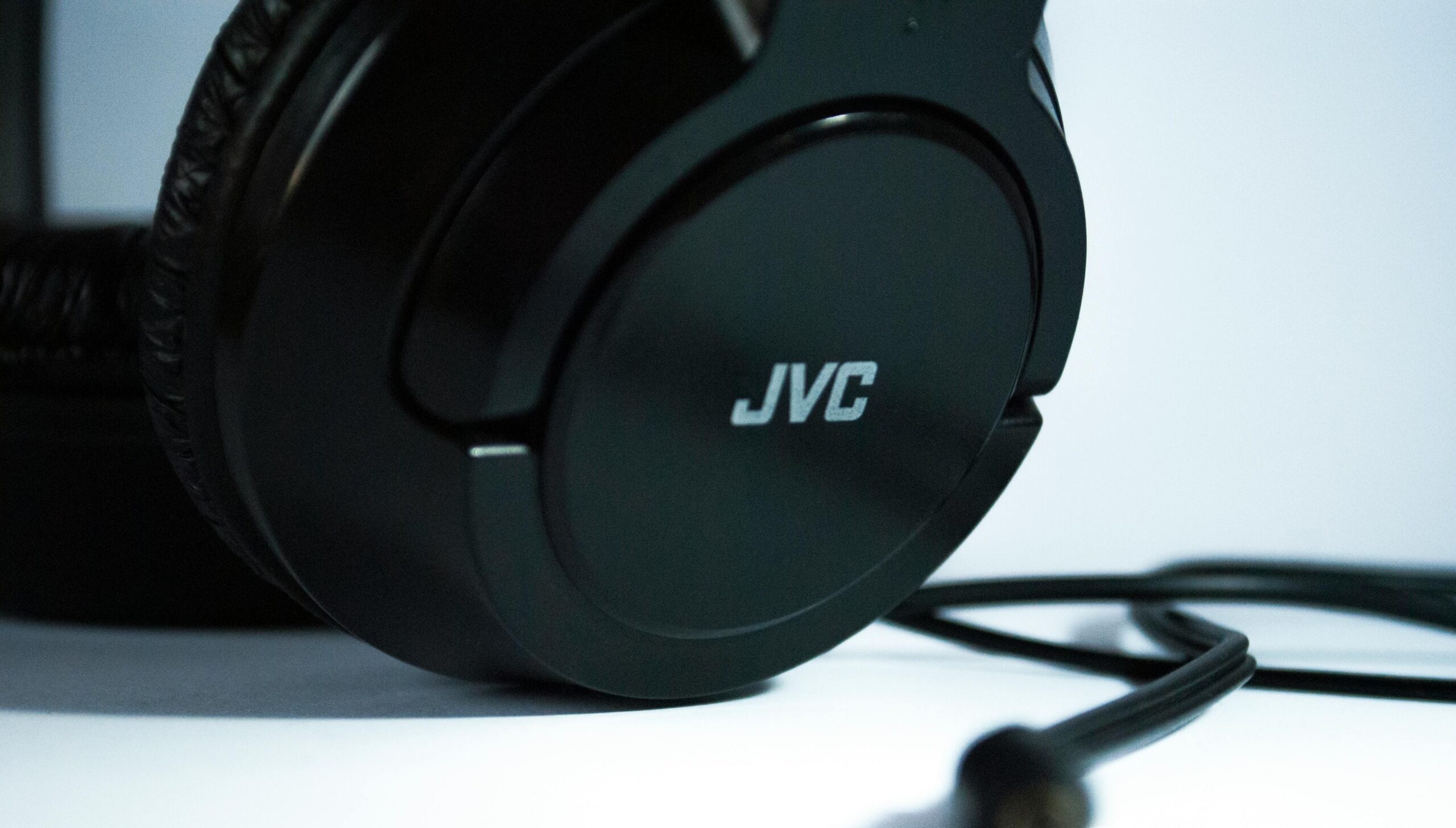When it comes to music and sound reproduction, audio format plays a key role in determining clarity, depth, and detail. The best audio format for sound quality is one that preserves What is The Best Audio Format Sound Quality
the original recording without unnecessary compression or data loss. Understanding how different formats work helps listeners choose the right one based on their purpose—whether for casual listening, professional use, or high-fidelity enjoyment.
## Understanding Audio Formats
Audio formats determine how sound is stored, compressed, and reproduced on different devices. Each format has its strengths and weaknesses, depending on whether the focus is on sound quality,
file size, or compatibility. While casual listeners may not notice subtle differences, audiophiles and professionals often prefer formats that preserve every detail of the original recording.
## Lossy vs. Lossless Compression
The biggest distinction between audio formats is whether they are **lossy** or **lossless**. Lossy formats like MP3 and AAC compress audio by removing data that is considered less audible,
resulting in smaller file sizes but slightly reduced quality. On the other hand, lossless formats such as FLAC, ALAC, and WAV retain the full detail of the recording, ensuring the highest possible sound reproduction.
## The Gold Standard: FLAC and WAV
When it comes to pure sound quality, **FLAC (Free Lossless Audio Codec)** and **WAV (Waveform Audio File)** are considered the best. FLAC provides excellent compression without sacrificing quality, making it a favorite among audiophiles.
WAV, being an uncompressed format, delivers studio-level sound but requires significantly larger storage space. Both formats capture the nuances, dynamics, and clarity that professionals demand in music production and high-fidelity listening.
## Practical Considerations
While lossless formats are ideal for sound quality, they may not always be practical for everyday use due to large file sizes and limited device support. For streaming platforms and mobile listening, high-bitrate AAC or OGG formats often provide a balance between quality and efficiency.
This makes them suitable for users who want near-lossless quality without consuming excessive storage or data.
## Final Verdict
Ultimately, the best audio format for sound quality depends on the listener’s needs. For professional work and high-resolution playback, **WAV and FLAC** stand out as the best options. However, for casual listening and convenience, **AAC and OGG** at higher bitrates are strong contenders. Choosing the right format means balancing fidelity, storage, and accessibility based on how and where you enjoy your music.

